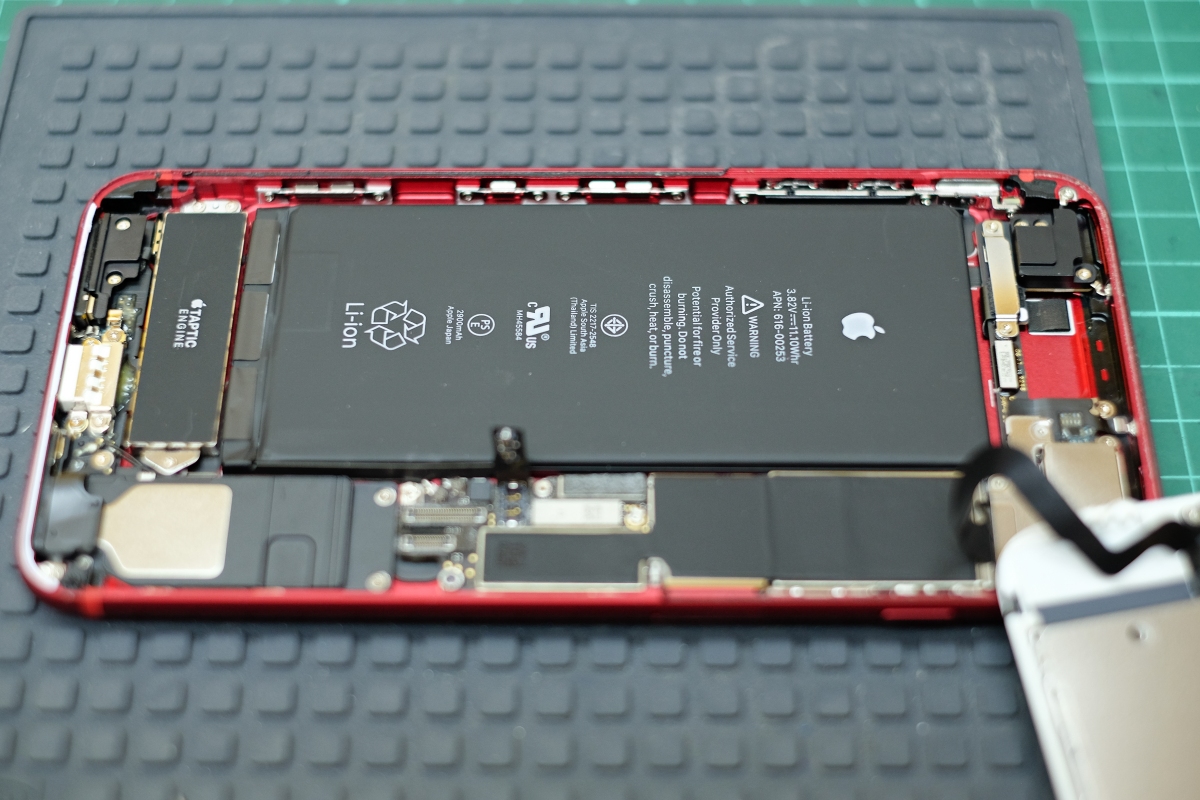The big picture: Kuo originally predicted the change back in November 2018 but is now doubling down on the move in his latest research note. Consumers shouldn't notice much of a difference but behind the scenes, the shift will buy manufacturers time to work out production issues in anticipation of Apple's 5G-capable iPhone.
TF International Securities analyst Ming-Chi Kuo in his latest research note claims Apple is modifying the antenna structure destined for 2019 iPhones.
Apple's current iPhone XS, iPhone XS Max and iPhone XR utilize liquid crystal polymer (LCP) antennas which Kuo believes limits their RF performance in some cases due to production issues despite LCP theoretically having advantages when it comes to high-frequency RF transmission.
As Apple Insider highlights, the forecasted 2019 iPhones will have a single MPI and LCP unit up top and three MPI antenna assemblies near the bottom of the phone. The change will enhance the iPhone's performance as it relates to indoor navigation, we're told, and improve yield rates due to a more reliable production process. It'll also give Apple additional flexibility (negotiating leverage) when it comes to supplier choice.
Even still, Kuo anticipates a 10-20 percent increase in cost year-over-year to adopt the new antenna technology.
This looks to be a temporary solution as the analyst expects LCP to be the primary material used for 5G antennas in the 2020 iPhone. The momentary adoption of MPI will buy manufacturers time to eliminate some of the production issues with LCP.
Lead image courtesy Kevin Khoo via Shutterstock
